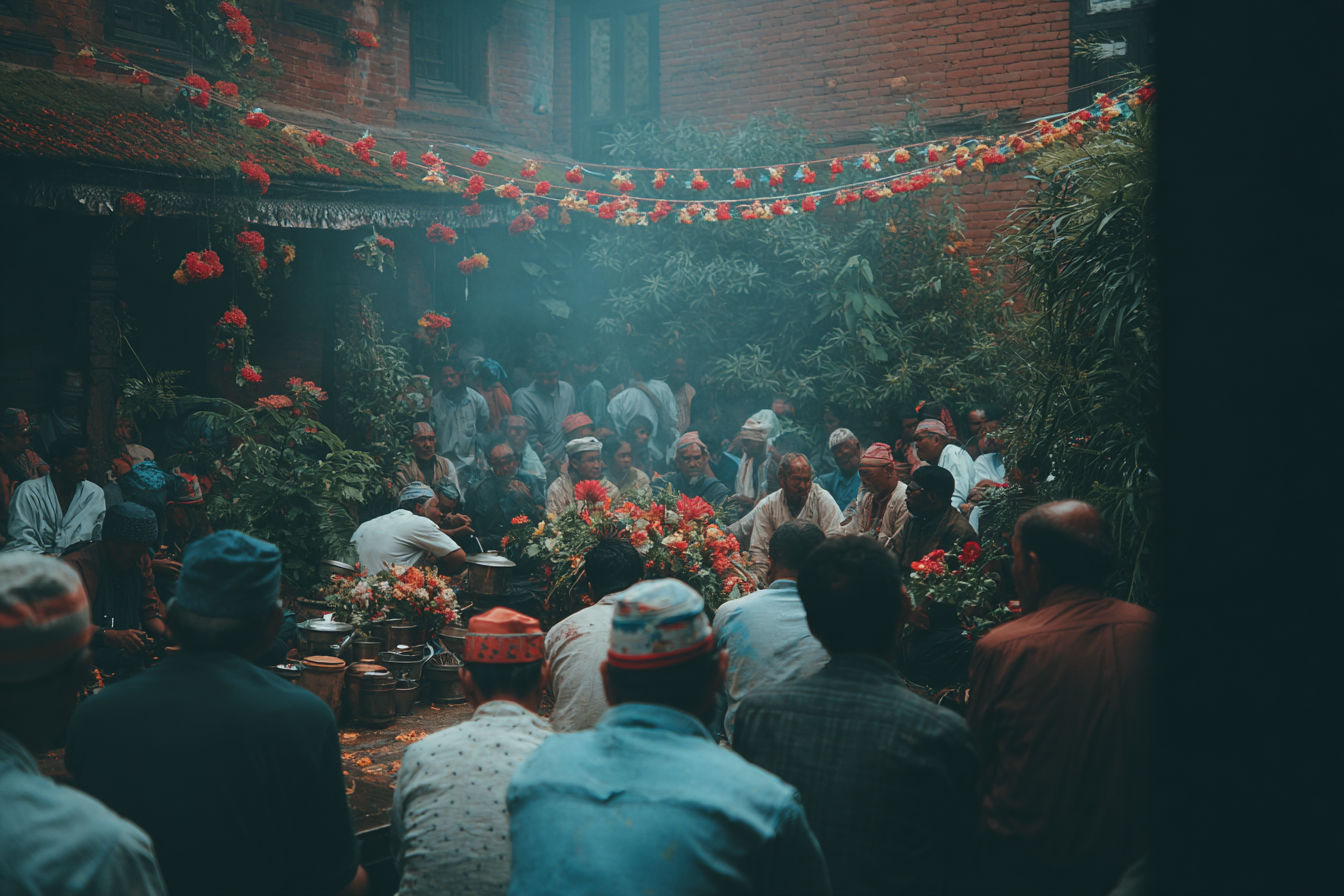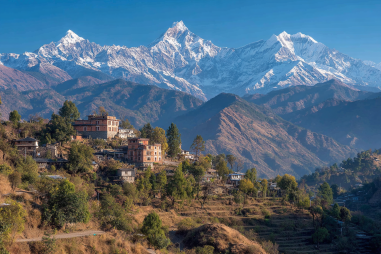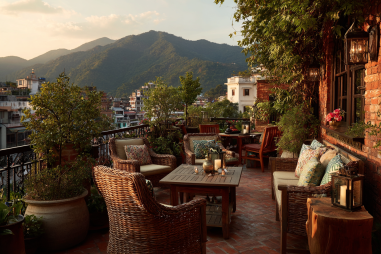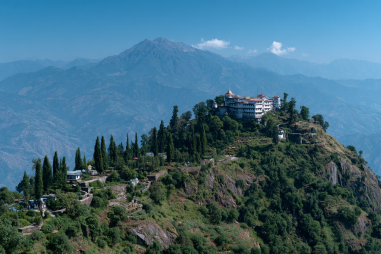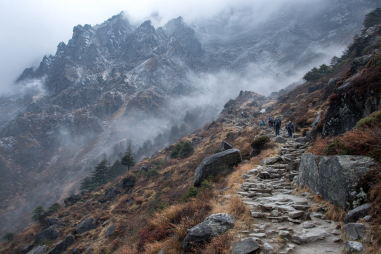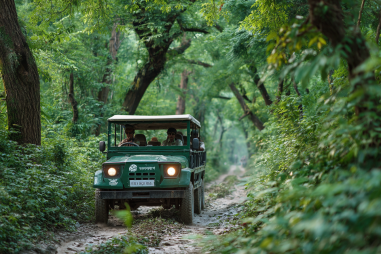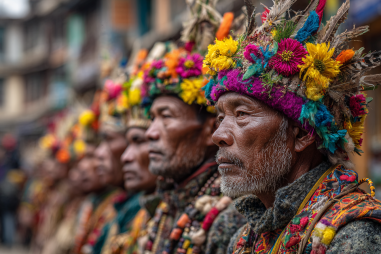Nepal is a land where history and tradition intertwine seamlessly with natural beauty. While often acclaimed for its towering Himalayan peaks, Nepal also boasts a rich cultural heritage that invites travelers to explore its ancient temples, vibrant festivals, and unique customs. Delving into Nepal’s cultural tourism reveals a tapestry of experiences that offer deeper insight into the nation’s soul beyond the famed mountains. This guide will help you navigate the essence of Nepal’s heritage sites, traditional arts, and the warm hospitality of its people.
Discovering Nepal’s Cultural Richness
Steeped in centuries-old traditions, Nepal is a cultural mosaic influenced by Hinduism and Buddhism, as well as a multitude of ethnic groups and languages. This diversity is reflected in the country’s architecture, ceremonies, and everyday life. By immersing yourself in Nepal’s cultural tourism, you can gain an understanding of how age-old practices continue to shape modern life here. From sacred temples to community rituals, Nepal offers something for every cultural enthusiast.
Must-Visit Heritage Sites: Kathmandu Durbar Square, Bhaktapur, and Patan
One of the best ways to experience Nepal’s rich heritage is by visiting its UNESCO World Heritage sites, particularly in the Kathmandu Valley, where culture and history converge:
- Kathmandu Durbar Square: Once the royal palace complex, this busy square is adorned with intricately carved wooden windows, ancient statues, and vibrant temples. Highlights include the Taleju Temple and the Kumari Ghar, home to Nepal’s living goddess.
- Bhaktapur: Known as the “City of Devotees,” Bhaktapur preserves medieval architecture with exquisite courtyards and monuments such as the 55-Window Palace and Vatsala Temple. Its traditional Newari culture remains prominent in daily life.
- Patan: Also called Lalitpur, Patan is famous for its artistic heritage. The Patan Durbar Square features impressive pagoda-style temples and the ancient royal palace, including the Patan Museum, which displays exquisite metal crafts and religious artifacts.
Exploring these sites offers a glimpse into Nepal’s regal past and religious traditions, set within vibrant living communities.
Traditional Festivals and Celebrations
Nepal’s calendar is brimming with colorful festivals that celebrate its diverse cultures and beliefs. Experiencing these festivities firsthand provides a unique window into the nation’s spirituality and communal joy. Some well-known festivals include:
- Dashain: The longest and most important Hindu festival, celebrating the victory of good over evil. It involves elaborate rituals, family gatherings, animal sacrifices, and traditional feasts.
- Tihar: Also called the Festival of Lights, Tihar features beautifully decorated homes, worship of animals like crows and cows, and joyous music and dance.
- Holi: The vibrant Festival of Colors, marking the arrival of spring with exuberant throwing of colored powders and water.
- Buddha Jayanti: Celebrating the birth of Lord Buddha with prayer ceremonies, processions, and offerings at Buddhist stupas and monasteries.
Participating in or witnessing these cultural events enriches your visit and fosters deeper connections with the local people.
Local Crafts and Art Forms
Nepal’s artistic traditions are as diverse as its population. The country is renowned for its handcrafted goods, which are not only souvenirs but embodiments of cultural identity. Key art forms include:
- Thangka Paintings: Intricate Buddhist scroll paintings, often depicting deities, mandalas, or holy scenes, used in religious rituals.
- Pashmina Weaving: Soft, luxurious wool products woven by skilled artisans, reflecting centuries of textile craftsmanship.
- Wood and Metal Carving: Seen prominently in Nepal’s temples, palaces, and household artifacts, showcasing detailed motifs unique to Nepalese art.
- Handmade Paper and Masks: Created using traditional methods, these artistic expressions are essential in festivals and daily life.
Visiting local markets, studios, and workshops allows you to observe these crafts being made and supports the artisans who keep these traditions alive.
Understanding Nepali Customs and Etiquette
When immersing yourself in a culture as rich as Nepal’s, understanding local customs enhances your experience and demonstrates respect. Some key points to remember include:
- Greeting with a “Namaste” by placing palms together and bowing slightly is common and appreciated.
- Remove your shoes before entering homes and temples.
- Dress modestly, especially when visiting religious sites; avoid sleeveless tops and shorts.
- Respect religious icons and rituals—never point your feet at a statue or altar.
- Use your right hand or both hands to give or receive items; the left hand is considered impolite.
Being mindful of these simple cultural etiquettes helps foster positive interactions and meaningful connections.
Cultural Experiences: Homestays and Village Tours
One of the most enriching ways to engage with Nepal’s culture is through homestays and village tours. These experiences allow travelers to live with local families, participate in daily routines, and understand traditional ways of life. Highlights of these cultural immersions include:
- Learning local cooking techniques and tasting authentic Nepali cuisine.
- Joining in traditional farming, weaving, or craft-making activities.
- Listening to folklore, songs, and stories passed down through generations.
- Witnessing traditional attire, dance, and religious practices firsthand.
Numerous community-based tourism initiatives prioritize these activities, offering a genuine glimpse into rural life while directly benefiting local economies.
Sustainable Tourism Practices
Preserving Nepal’s cultural heritage and natural environment is vital for future generations. Travelers are encouraged to engage in sustainable tourism by:
- Respecting local traditions and minimizing cultural disruption.
- Supporting locally-owned businesses and buying authentic crafts directly from artisans.
- Reducing waste, using eco-friendly products, and conserving water and energy.
- Avoiding visiting fragile sites during off-peak seasons to prevent overcrowding.
- Choosing accommodation and tour operators that endorse responsible tourism.
Such responsible approaches ensure that Nepal’s vibrant culture and pristine landscapes remain thriving and authentic.
Tips for Respectful Cultural Interaction
To make your cultural touring both enjoyable and respectful, consider keeping these tips in mind:
- Ask permission before taking photos of people, especially during prayers or ceremonies.
- Be patient and open-minded—customs may differ greatly from what you’re used to.
- Learn a few words in Nepali, such as “thank you” (dhanyabad) or “hello” (namaste), to show respect and friendliness.
- Avoid discussing sensitive topics like politics or religion unless invited to do so.
- Observe and follow local guidelines when visiting temples, monasteries, or community gatherings.
Approaching new experiences with humility and curiosity will deepen your appreciation and form meaningful bonds with the locals.
Embracing Nepal’s Timeless Traditions
Exploring Nepal through its cultural tourism is an invitation to step into a world where ancient traditions coexist harmoniously with daily life. From sacred heritage sites and lively festivals to the warm hospitality of local communities, Nepal offers a rich tableau of experiences that nourish the soul. By traveling mindfully and embracing the country’s customs, visitors not only discover Nepal’s timeless charm but also contribute to the preservation of its unique cultural identity. Whether wandering through the intricacies of Kathmandu Durbar Square or sharing a meal with a village family, every moment spent here is a celebration of heritage and humanity.

